The percentage of the Hong Kong population currently living in public housing estates is 33.5%, and some of them are scheduled for redevelopment in the coming years. A series of initiatives have been triggered to preserve the memories, stories, and uniqueness associated with the estates before they are redeveloped.
Aiko Kan Pui-shan, 35, who grew up in Yat Tung Estate in Tung Chung, has travelled to 230 public housing estates so far. Believing the most important and nostalgic thing about public housing estates is their memories, she set up a social media account to share her travels with the public.

“I hope to make more videos of the public housing before they are redeveloped. It would be a pity if nothing is left and we forget what the estate looks like,” said Kan.
Kan is also the author of Exploring Hong Kong’s Public Housing, a book that tells the history and anecdotes of the estates’ origins. She uses hand-drawn maps to portray the scenery and introduce it to a wider audience.
“I published the book to share what I have seen and heard from my travels to public housing because I believe that books are something that can be passed on forever,” said Kan. “It is a good opportunity to present to the public what I have in mind for the housing estates.”
“I believe that every era has a collective memory. If it has to be torn down in the future, or if it has to face redevelopment, I can say it symbolises the end of an era,” she added.
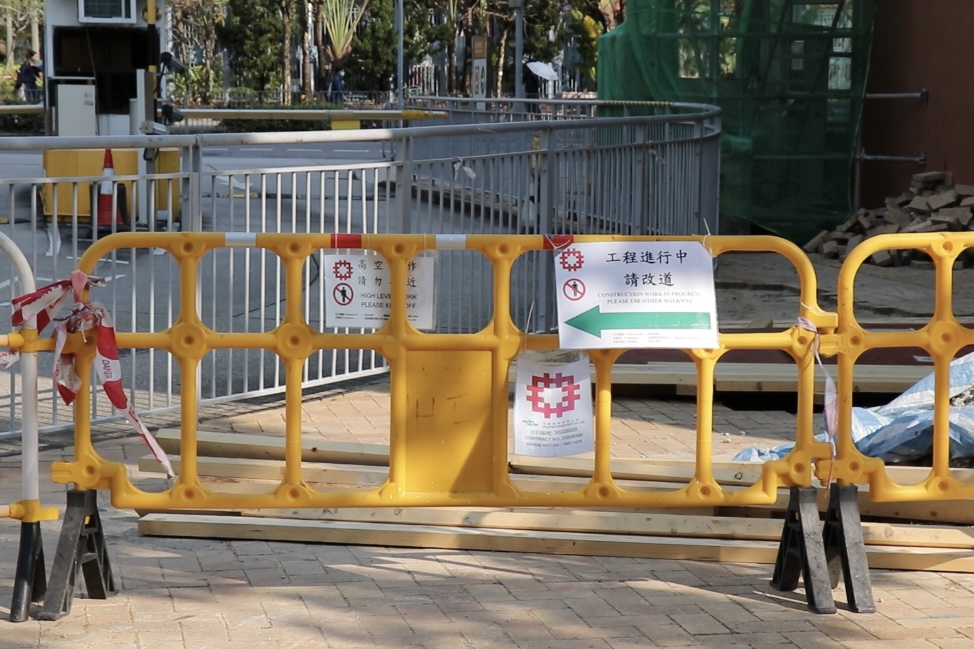
In 1954, following the devastating Shek Kip Mei shantytown fire that left 53,000 residents without a home, the Hong Kong government took its initial step towards providing housing solutions. It commenced the construction of bungalows and resettlement blocks, which served as the forerunners to the public housing system we know today.
Until the 1980s, the Housing Authority took on the major task of building the majority of these estates. Their primary aim was to offer stable accommodation to the city's low-income groups, thus playing a crucial role in shaping Hong Kong's housing landscape.
As of the end of March 2024, there are 1.3 million public housing units in Hong Kong, providing shelter for 45.3% of the Hong Kong population, according to the Housing Authority.
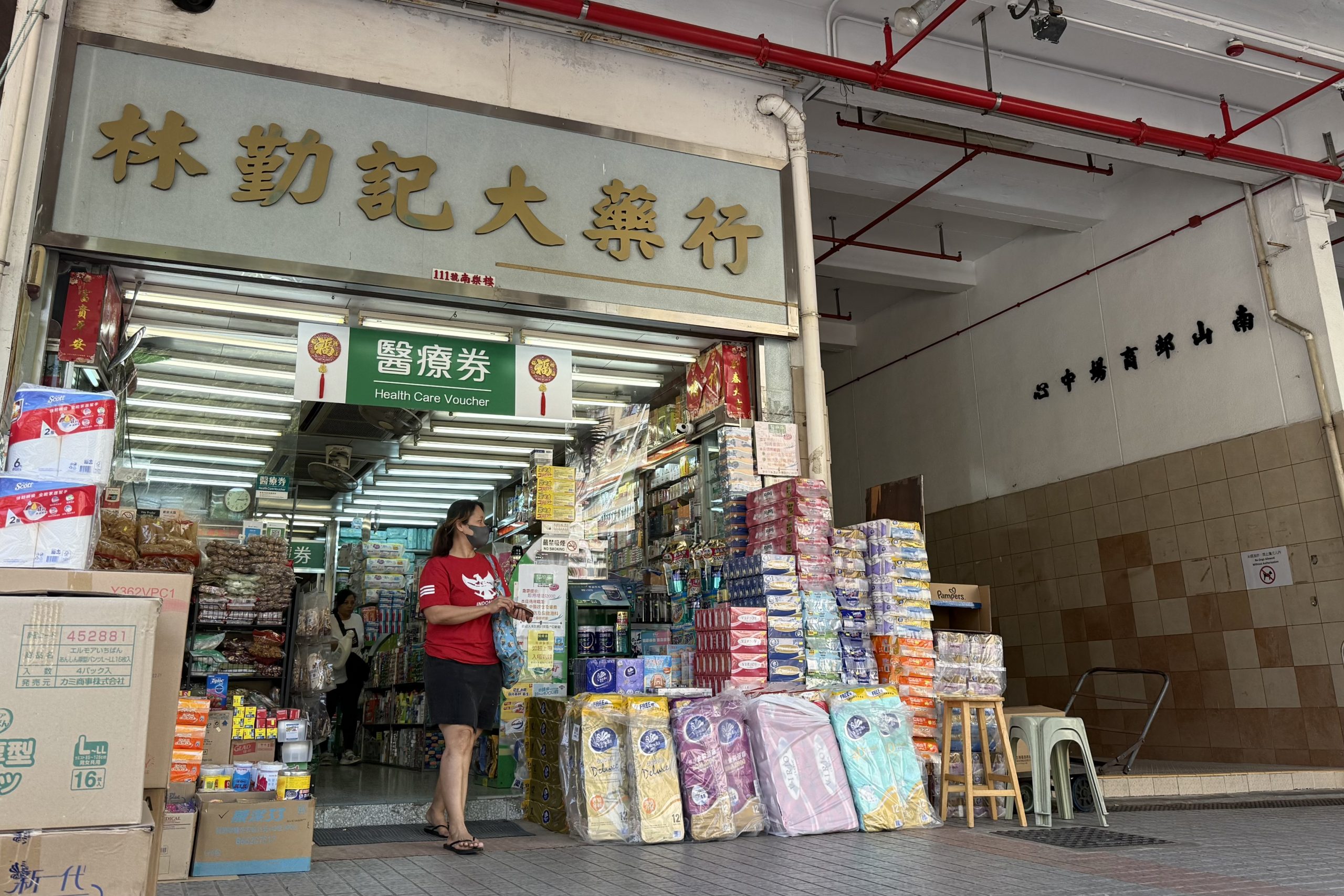
Choi Hung Estate, Sai Wan Estate and Ma Tau Wai Estate are slated for redevelopment over the coming years, according to the Chief Executive’s Policy Address last year.
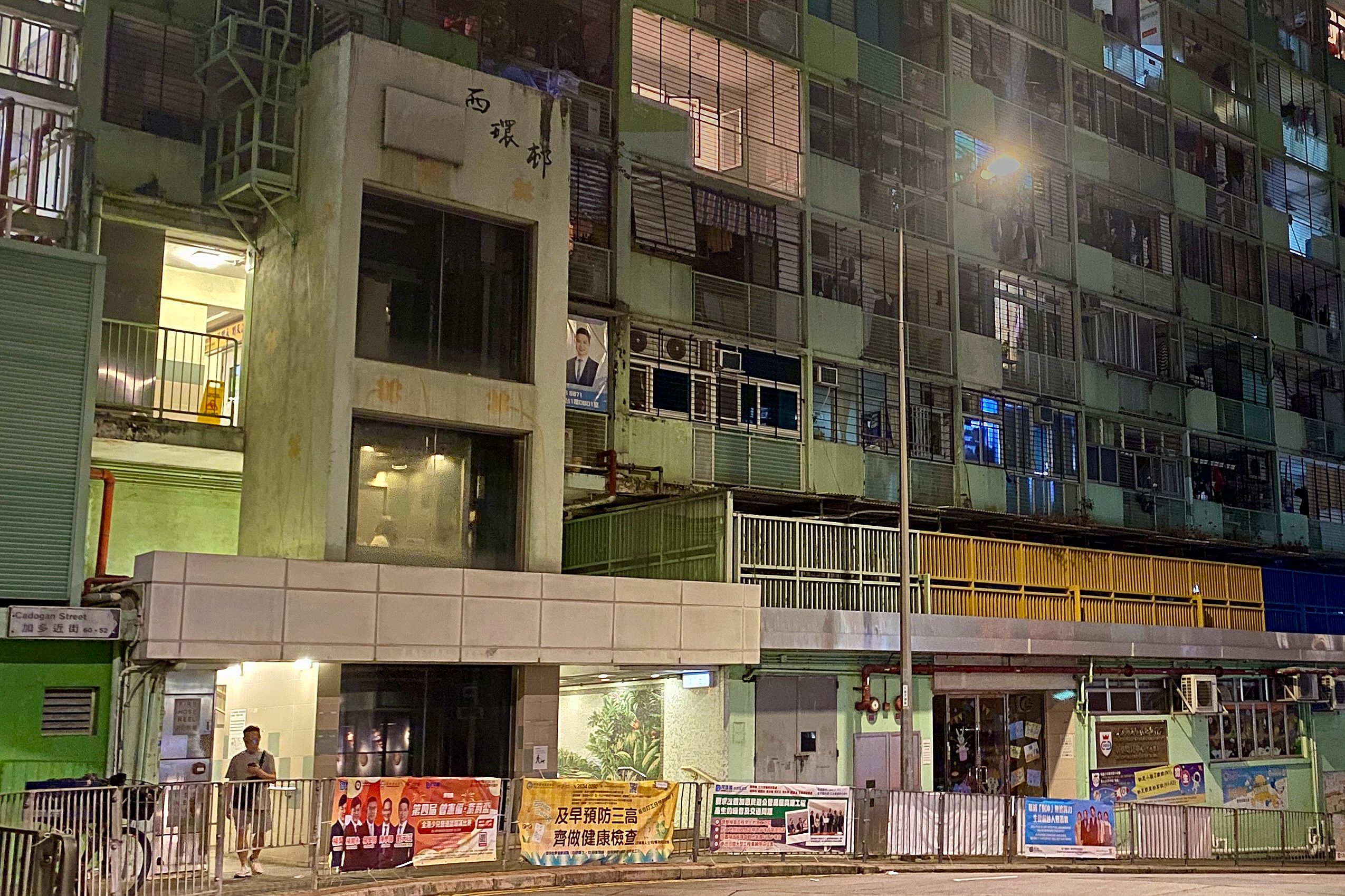
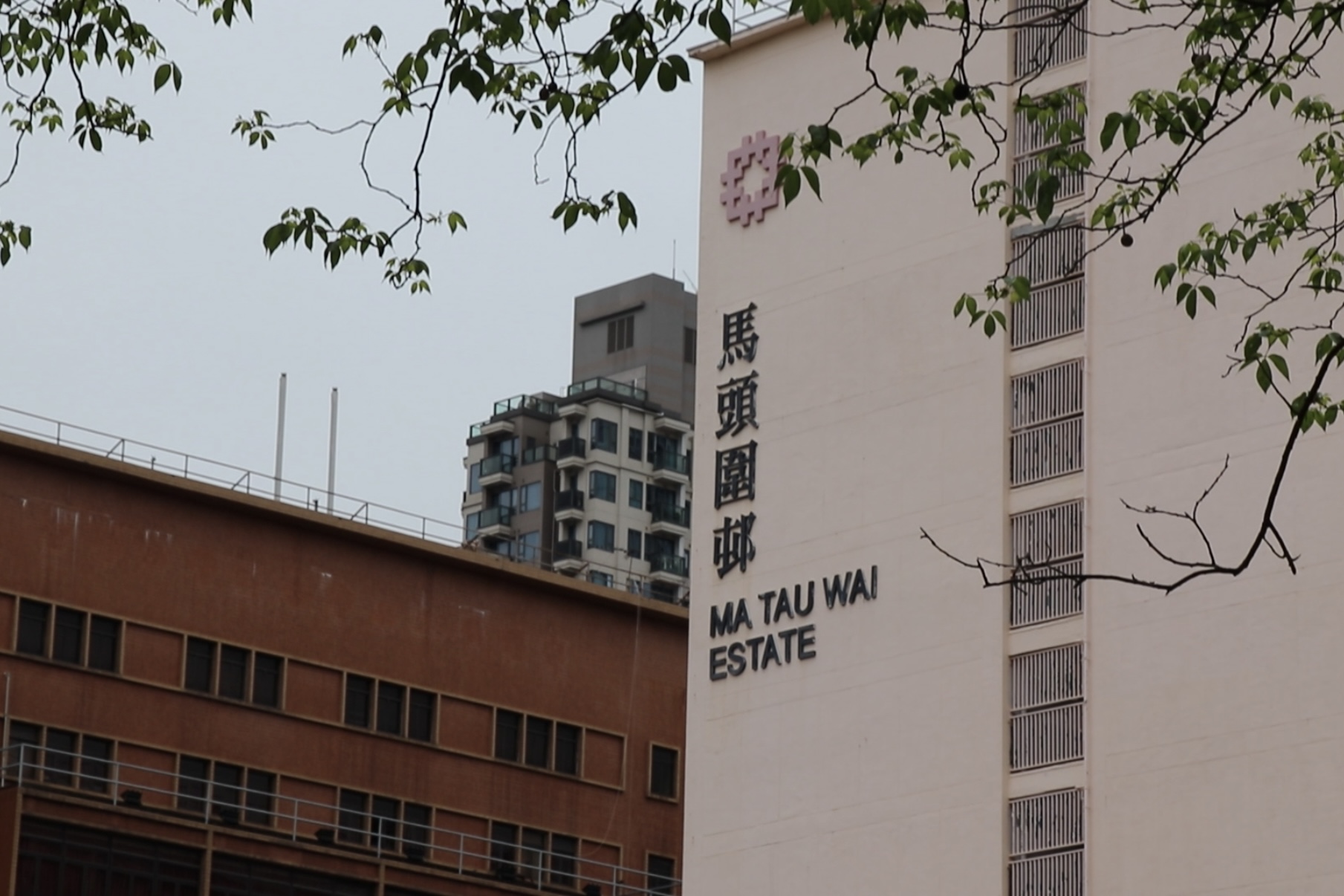
Yip Tsz-hei, 11, a resident of Pak Tin Estate, said taking photos is a good way to remember these public buildings, for example, signboards with pictures of what the Heritage of Mei Ho House used to look like.
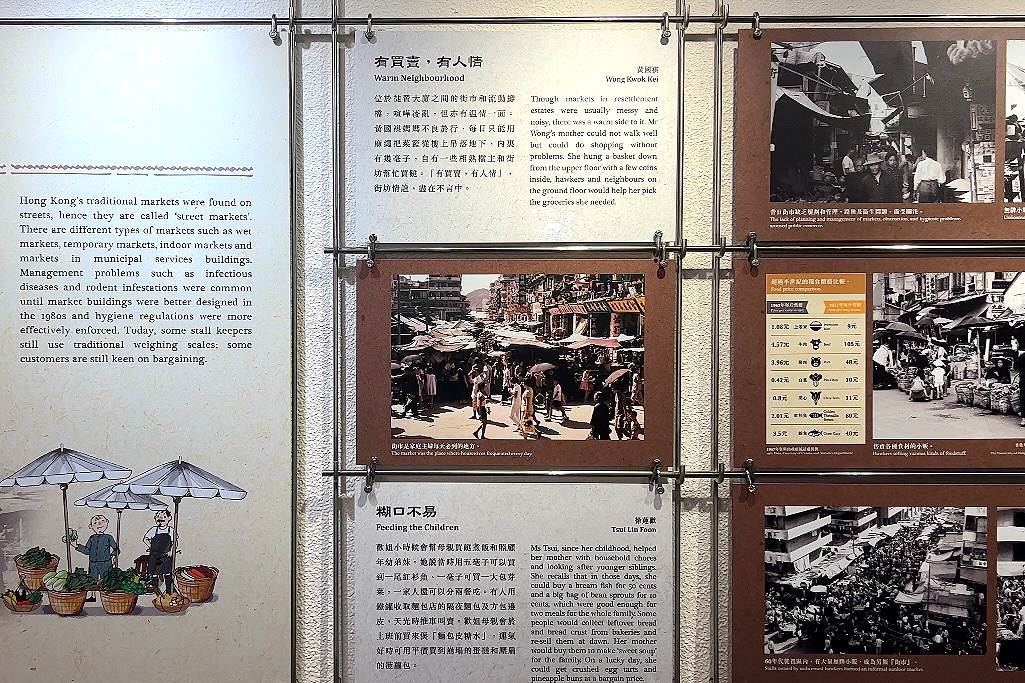
Poon Yiu-pong, 64, a resident of Nam Shan Estate, is open to redevelopment.
“I think only when something new comes along does the old become history,” said Poon.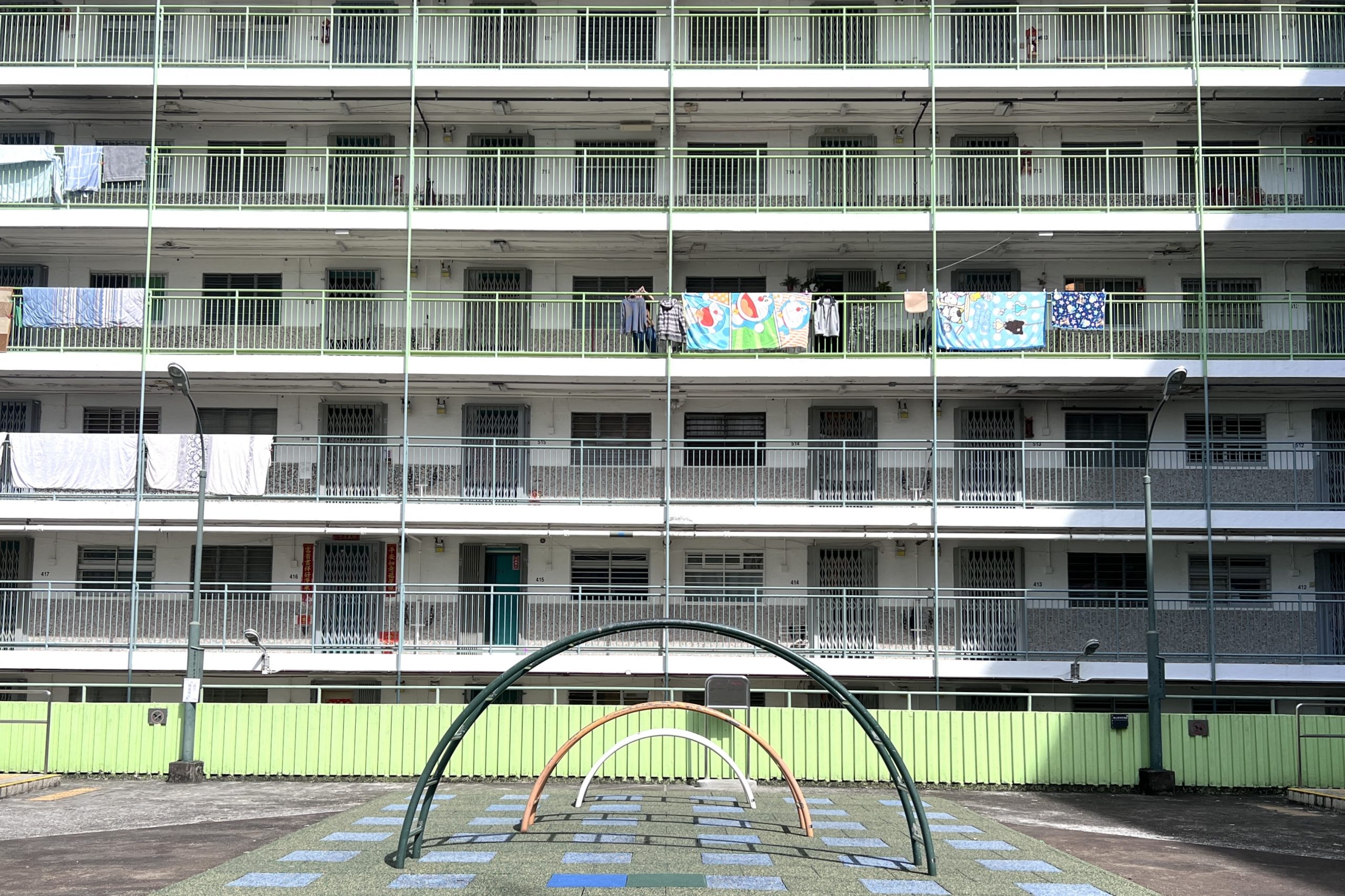 Nam Shan Estate Playground is one of the famous photo spots for the public housing tour.
Nam Shan Estate Playground is one of the famous photo spots for the public housing tour.
“If the building is going to be redeveloped, I will only keep its features in my mind instead,” said Poon.
“Some elderly people may not be able to use electronic devices, so we help them make some records about the houses, including oral memory records,” said Anthea Lin Sui-ha, senior architect of the Housing Department working on the Choi Hung Redevelopment Project. “We would interview them, record what they said and take photos for them.”
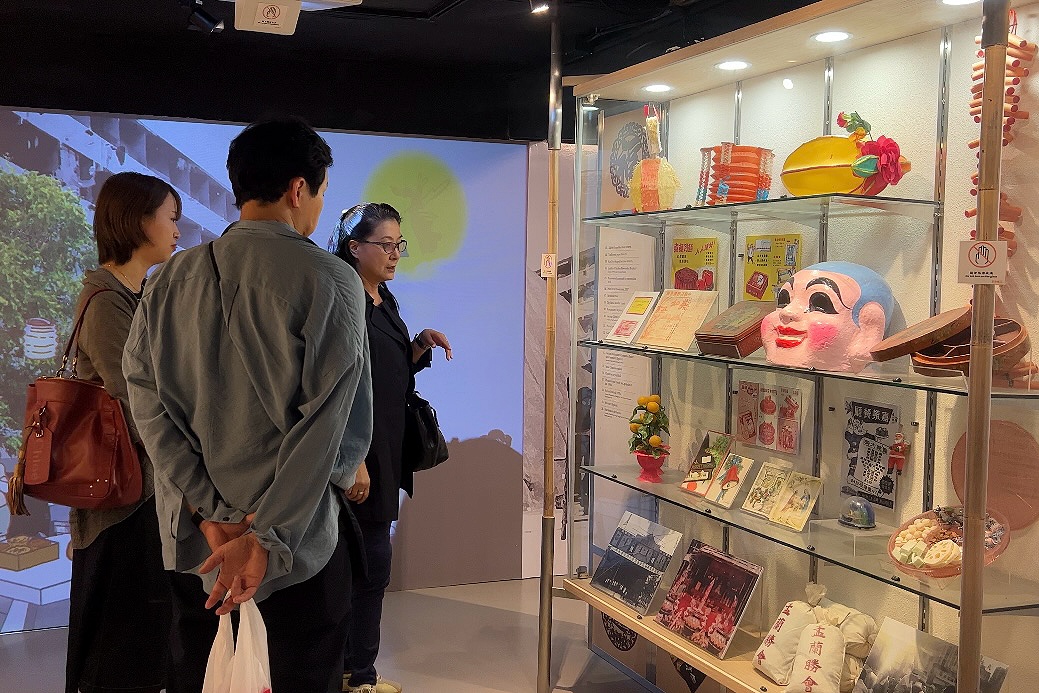
Lin said that the Housing Authority sees redevelopment and revitalisation of public housing as ways of conserving public housing estates. These approaches aim to tackle housing issues, including obsolescence, while preserving the original architectural features, thereby enhancing the heritage character of public housing.
“There are a lot of public housing estates in Hong Kong, and every public housing estate has its own characteristics and beautiful places,” said Lin.
"The aesthetics of these estates are something that we will try to present beautifully, whether it is a new estate or a regeneration project, in the hope that it can become a tourist destination," Lin added.
The Heritage of Mei Ho House has shown the history of the community, the environment of public housing and how people's lifestyles changed from the perspective of the former residents.

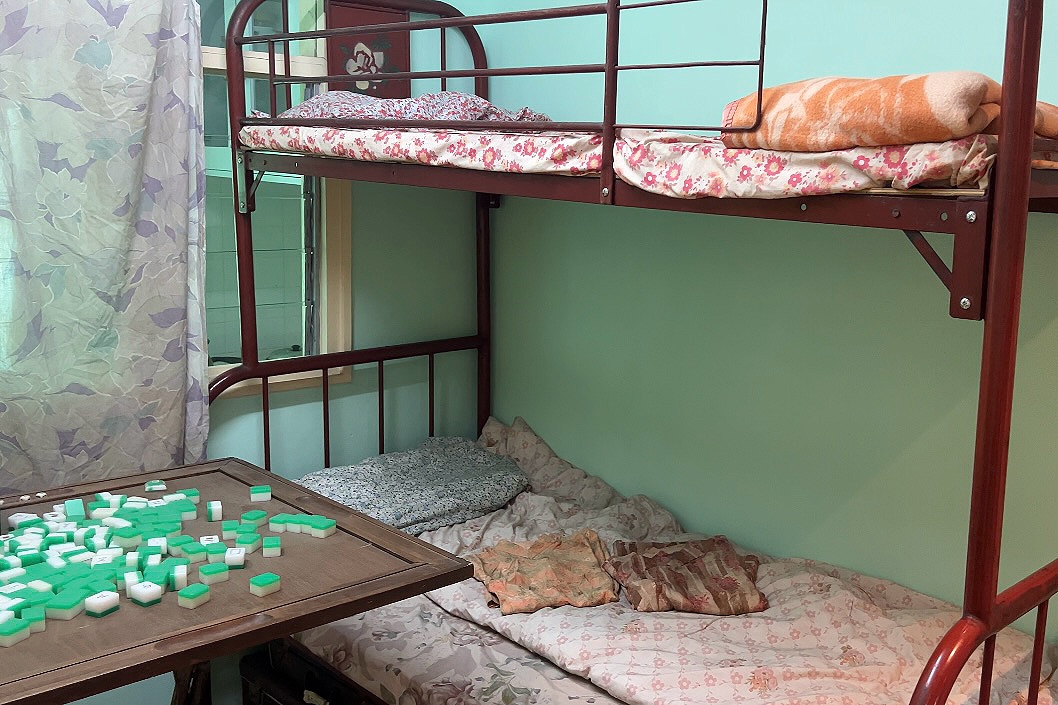
Through artefacts collection and generous donations from former residents, HMHH preserves the characteristics of Hong Kong's early public housing estates, such as their history, culture and communities. Mei Ho House is then revitalised to become a cultural landmark for local visitors.
“I hope that the heritage can show people the history of public housing and what they looked like in the past, building a bridge of communication with the people who originally lived here,” said Lin.
《The Young Reporter》
The Young Reporter (TYR) started as a newspaper in 1969. Today, it is published across multiple media platforms and updated constantly to bring the latest news and analyses to its readers.
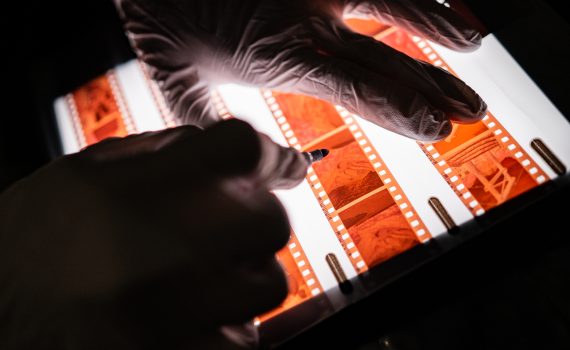
Snap Back in Time: The Film Photography Craze Sweeping Hong Kong
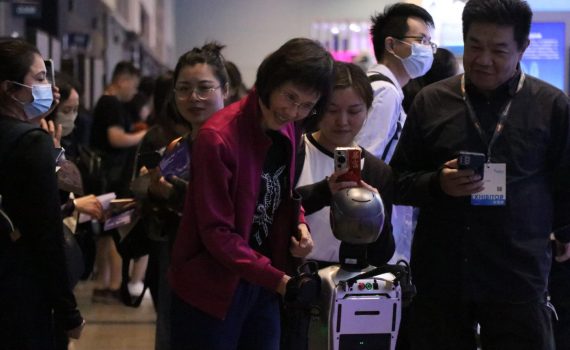
Humanoid robots shines at InnoEX




Comments